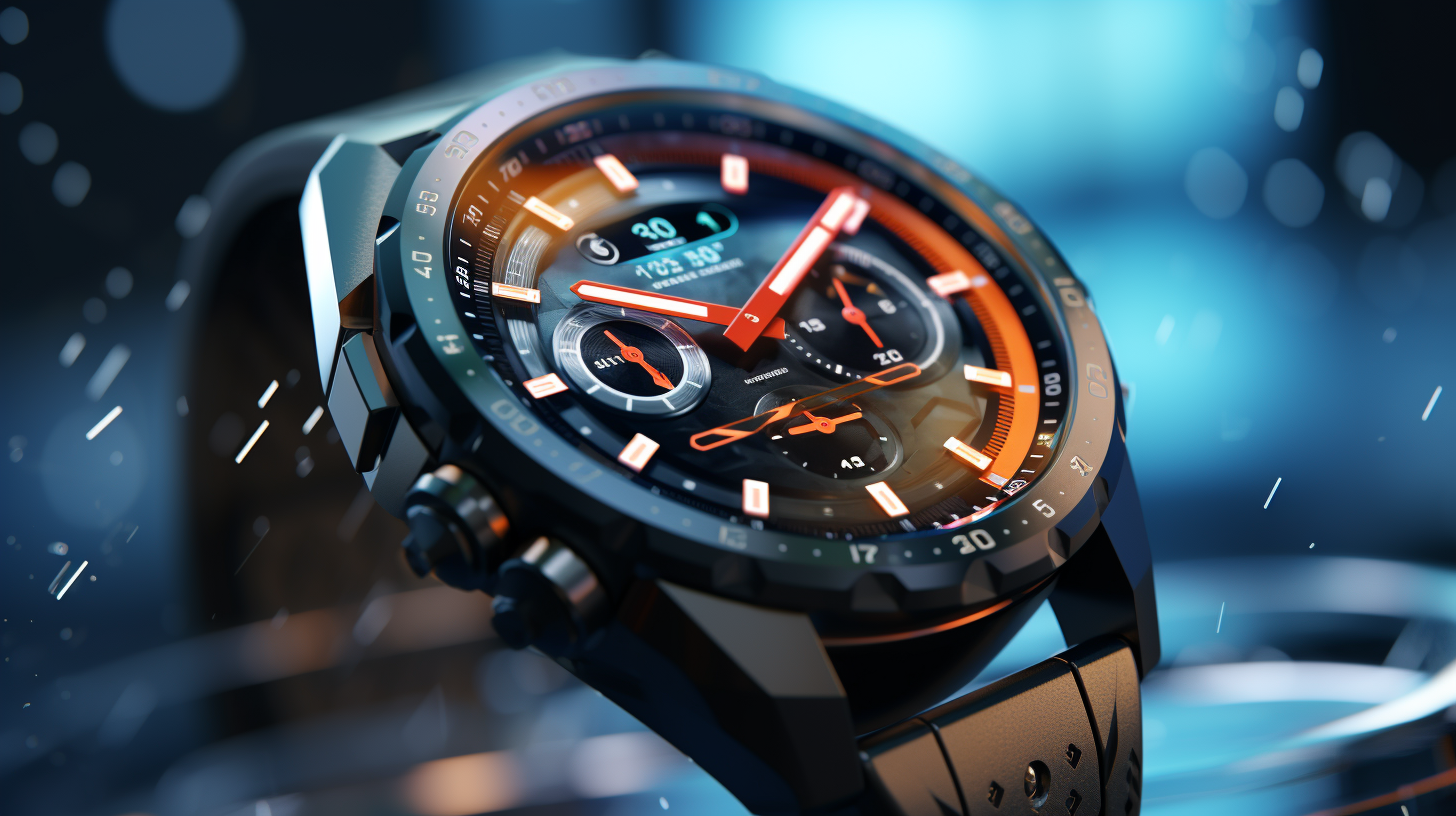From Fitness to Fashion: The Evolution of Wearable Technology
Introduction to Wearable Technology
In today's digital era, wearable technology has seamlessly integrated into our daily routines. Gone are the days when technology was limited to bulky devices. As the digital landscape evolved, so did its wearable counterparts, blending fashion with function.
Wearable tech began as simple fitness trackers but quickly transformed into high-fashion accessories. The transition was not just about aesthetics; it was a movement towards better functionality, personalization, and convenience.
Early Wearables: Pedometers and Heart Rate Monitors
The journey began with basic pedometers and heart rate monitors. These devices were primarily aimed at fitness enthusiasts. Their main function? To monitor physical activity and provide insights into one's health.
The Rise of Smartwatches: More Than Just Time
Then came the era of smartwatches, which did more than just tell the time. These gadgets became indispensable, offering features like call notifications, messaging, and even navigation. Brands like Apple and Samsung transformed this sector, making tech wearables a staple.
Fashion Meets Function: High-Tech Accessories
As technology advanced, so did the designs. Wearables started to cater to the fashion-conscious, with designer collaborations and limited-edition pieces. Luxury brands like Chanel and Gucci jumped onto the bandwagon, offering high-tech accessories with a touch of elegance.
Wearable Tech in Sports: Performance Enhancers
Athletes began using wearables to enhance their performance. Devices provided metrics on speed, distance, and even hydration levels. This data-driven approach gave athletes an edge, optimizing their training regimes.
Health Monitoring: From Steps to Sleep Quality
Modern wearables can track sleep patterns, blood oxygen levels, and even stress. They're not just about counting steps anymore. They've become holistic health companions, helping users understand and improve their well-being.

Wearable Tech in Entertainment: Immersive Experiences
The entertainment sector also embraced wearables. Virtual Reality (VR) headsets and Augmented Reality (AR) glasses offer immersive experiences, changing the way we consume content.
Children and Elderly: Safety and Tracking Devices
For parents and caregivers, wearables have been a boon. Devices with GPS tracking ensure the safety of kids and the elderly, providing peace of mind to loved ones.
Sustainability in Wearables: The Eco-friendly Approach
The tech industry is becoming increasingly conscious of its environmental impact. Wearables are now being designed with sustainability in mind, using recycled materials and promoting longer device lifespans.
Challenges Faced by Wearable Tech
Like all tech, wearables face challenges. Issues range from battery life and data privacy concerns to ensuring inclusivity and accessibility for all users.
Future of Wearable Technology
As we look to the future, the potential of wearables is boundless. They might well incorporate AI, have self-healing materials, or even offer holographic displays.

FAQs
How did wearable technology start?
- Wearable technology began as simple tools like pedometers and heart rate monitors aimed at fitness enthusiasts.
Are wearable technologies sustainable?
- The industry is moving towards a more sustainable approach, with many brands now focusing on eco-friendly materials and designs.
What's the significance of fashion in wearable tech?
- Fashion brings a personalized touch to wearables, ensuring that they're not just functional but also aesthetically pleasing.
How are athletes benefiting from wearable tech?
- Wearables provide athletes with crucial performance data, helping optimize training regimes and improve overall performance.
What challenges does wearable technology face?
- Challenges include issues like battery life, data privacy concerns, and ensuring the devices are inclusive for all users.
What can we expect from the future of wearable technology?
- The future might see wearables with AI integrations, self-healing materials, and even holographic displays.
Conclusion: Merging of Technology and Lifestyle
Wearable technology, evolving "From Fitness to Fashion," exemplifies how technology and lifestyle have merged. As wearables continue to evolve, they'll further integrate into our lives, making our days more efficient, informed, and stylish.

